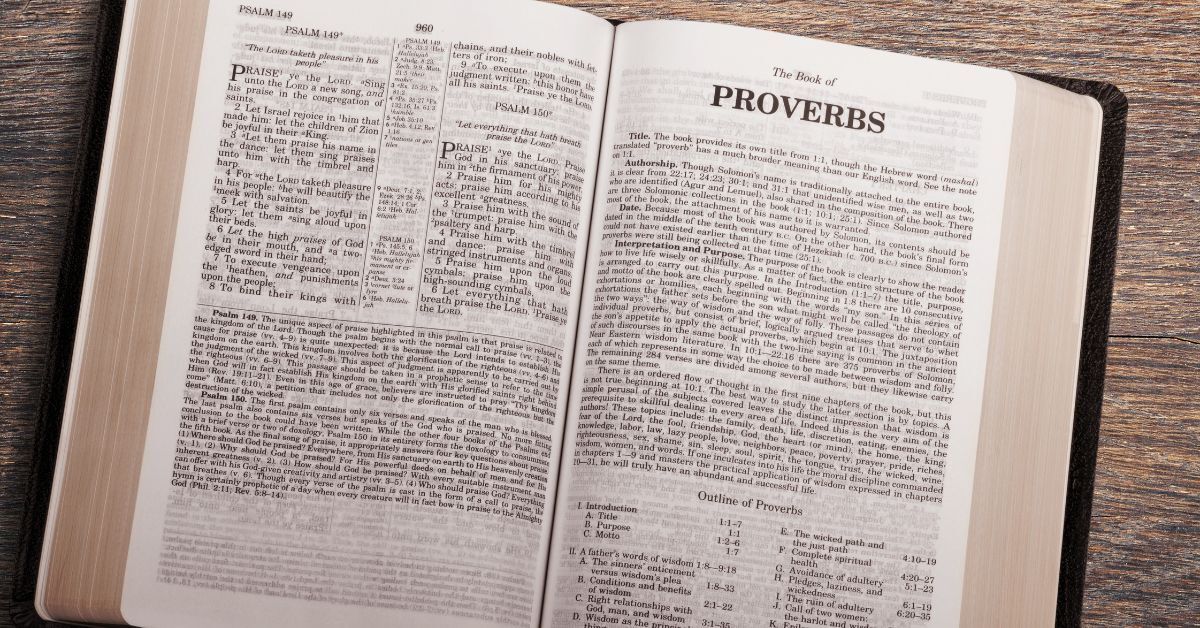A Step-by-Step Guide to Preparing for a Sermon

Delivering God’s Word from the pulpit is a sacred duty and privilege. You need the message you deliver to be faithful to Scripture and edifying to the congregation. A sermon can transform hearts, strengthen believers, and ignite a passion for living out God’s Word. This step-by-step guide brings structure and depth to sermon preparation.
Prepare Your Heart Through Prayer
The foundation of any sermon is not built upon human intellect or rhetorical skill, but upon a heart submitted to God. Before you open your Bible or consult any commentary, you must open your heart in prayer. Invite the Holy Spirit to guide your thoughts, illuminate the text, and prepare you to receive His truth.
Prayer must be a constant companion throughout the entire sermon preparation process, not merely a preliminary step. Continually seek God’s wisdom as you study, write, and rehearse your message.
Choose Your Sermon Topic or Passage
Choosing the right topic or passage sets the stage for a message that resonates with your congregation. Whether you opt for a topical sermon addressing a specific theme or an expositional sermon diving deep into a passage, the message should be relevant and rooted in Scripture.
Use the following tips to choose a topic or passage for your sermon:
- Consider the current needs and challenges of your congregation.
- Reflect on themes or passages that have personally impacted you recently.
- Use tools like a sermon starter guide or a Bible study resource to explore ideas.
- Ensure the topic or passage aligns with the overall teaching goals of your church.

Examine the Passage
Once you’ve selected a passage, immerse yourself in the text to understand its message with precision. The inductive Bible study method is an effective and time-honored approach that involves engaging directly with the Word before turning to other resources.
This method involves three critical stages: observation, interpretation, and application. Observation answers the question, “What does the text say?” Interpretation seeks to understand, “What did the author mean?” Finally, application brings the truth to bear by asking, “How should this change us?”
Research and Clarify Unfamiliar Elements
Faithful preaching requires a commitment to understanding the text as accurately as possible. As you study, you will inevitably encounter terms, historical details, or theological concepts that are unfamiliar. Diligent research at this stage builds a sermon on a solid foundation of truth and clarity.
Utilize trusted resources to deepen your knowledge and resolve any points of confusion. A King James study Bible is a valuable tool for exploring the text’s historical and cultural background, making complex ideas easier to grasp. Its detailed annotations and references provide additional context to enrich your understanding of Scripture.
Identify Main Point and Gospel Connection
Every passage of Scripture, from Genesis to Revelation, points toward the person and work of Jesus Christ. A central task in sermon preparation is to distill the text down to its primary message and then connect that message to the gospel. This ensures that every sermon is not merely a moral lesson or historical account, but a proclamation of the good news of salvation.
To find the main point, try to summarize the entire passage in a single, concise sentence. Once this central idea is clear, ask how it reveals our need for a Savior or illustrates an aspect of God’s redemptive plan.
Build a Clear and Engaging Outline
A well-structured outline is the skeleton upon which the body of the sermon is built. It provides a logical flow that helps the congregation follow your message from introduction to conclusion. Without a clear structure, even the most profound truths can become disjointed and difficult for listeners to retain.
Here are some components of a dynamic sermon outline:
- Introduction: Start with a compelling hook, such as a story, question, or statistic, to grab attention and set the tone.
- Main points: Clearly define 2-3 key takeaways or truths from the passage to keep the message focused and memorable.
- Scripture references: Integrate relevant Bible verses to support each point and ground the sermon in Scripture.
- Illustrations: Use relatable stories, analogies, or examples to clarify and bring the message to life.
- Transitions: Use smooth, logical connections between points to maintain flow and keep the audience engaged.
- Application: Provide practical steps or challenges for the congregation to apply the message in their daily lives.
- Conclusion: End with a powerful summary or call to action that reinforces the main message and inspires response.
- Prayer: Close with a prayer that ties the sermon together and invites God’s guidance in applying the message.

Prepare Preaching Notes
Few preachers can deliver a full manuscript from the pulpit without sounding robotic or disconnected from their audience. For this reason, the next step in preparing a sermon is to condense your detailed outline or manuscript into concise preaching notes. These notes should serve as a guide, not a script, allowing for natural delivery while keeping you on track.
Try to capture key phrases, main points, scripture references, and illustration cues on a single page or a few note cards. Practice using your notes until you are comfortable with them, allowing you to maintain eye contact and engage directly with your congregation.
Write With Your Audience in Mind
As you transition from outlining to writing, remember that a sermon is not an academic lecture or a personal theological exercise; it is a spiritual meal prepared for a specific flock. Writing with your audience in mind means using language they understand and addressing the real-world situations they face. Think about the various people who will be listening, including new believers, long-time Christians, skeptics, and those who are hurting. Focus on how the truth of the passage can bring comfort, conviction, or encouragement to their lives.
Practice and Share Your Sermon
The final steps of preparation involve rehearsing the delivery and making the sermon available after it is preached. Practice your sermon aloud multiple times to familiarize yourself with the flow and timing. This will help you identify any awkward phrasing and ensure a smooth, confident delivery on Sunday morning.
After the sermon has been delivered, consider its potential for a broader impact. Sharing the audio or video of the sermon on your church’s website or podcast can extend its reach.
A well-prepared sermon has the power to transform lives and glorify God. By following these steps, you can craft a message that is faithful to Scripture, relevant to your audience, and centered on the gospel. Start your next sermon preparation today by committing to prayer and diving into God’s Word.
